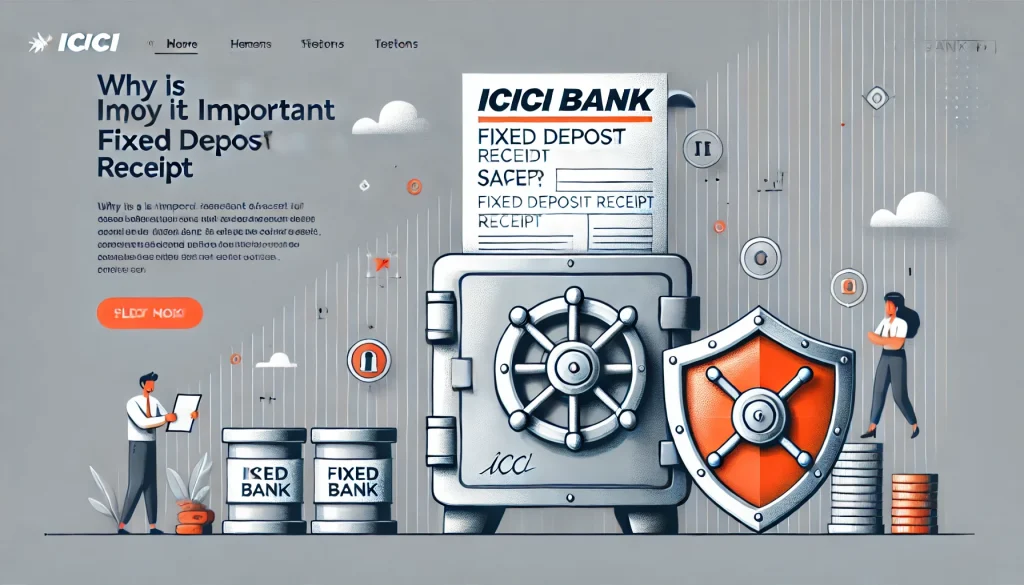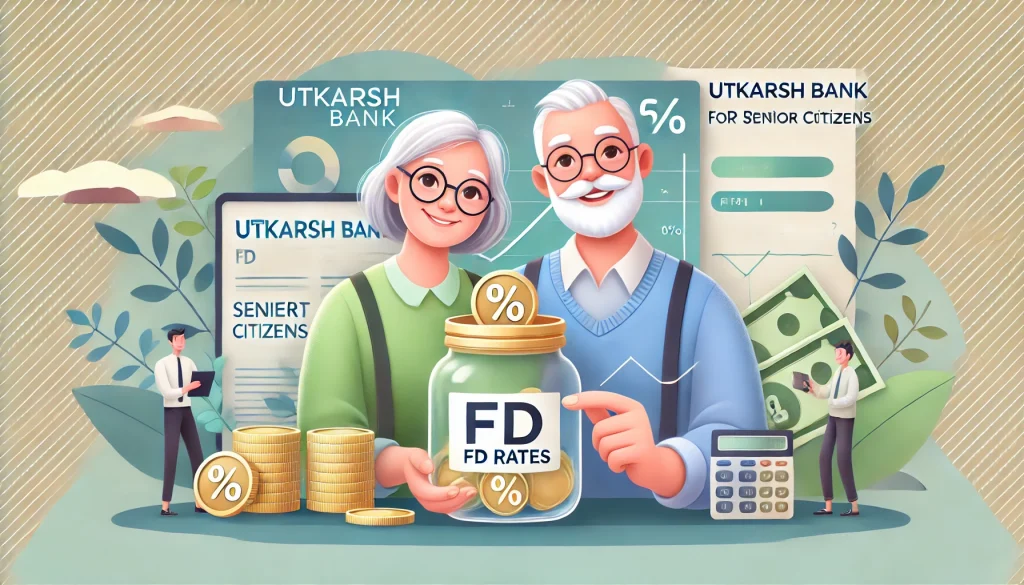
Investing money wisely is essential to secure a stable financial future. Two popular investment options in India are National Savings Certificate (NSC) and Fixed Deposit (FD). Both offer unique features and benefits, making them attractive choices for investors. In this blog, we will delve into the details of NSC vs FD, highlighting their differences, benefits, and common features to help you make informed investment decisions.
What is NSC?
National Savings Certificate (NSC) is a government-backed savings scheme designed to encourage long-term savings among Indian citizens. It is a safe and reliable investment option with fixed returns. The scheme is available in various tenures, and the government determines the interest rates.
What is FD?
Fixed Deposit (FD) is a popular investment instrument banks and financial institutions offer. It allows investors to deposit a lump sum amount for a fixed period at a predetermined interest rate. FDs are known for their stability and assured returns, making them a preferred choice for risk-averse investors.
NSC vs FD – Key Differences
| Aspect | National Savings Certificate (NSC) | Fixed Deposit (FD) |
|---|---|---|
| Nature of Investment | Government Savings Scheme | Offered by Banks/Financial Institutions |
| Risk | Low-risk, Government-backed | Low to Moderate |
| Lock-in Period | Fixed lock-in period | Varies based on chosen tenure |
| Tax Benefits | Eligible for tax deductions under Section 80C | Interest earned is taxable |
| Liquidity | Can be encashed prematurely under certain conditions | Less liquid than NSC |
| Minimum Investment | Rs. 100/- | Rs. 1,000/- (also depends on bank) |
While both NSC and FD offer fixed returns, key differences set them apart:
1. Nature of Investment
- It is a government savings scheme, and the investment is made directly with the government.
- Banks and financial institutions offer FDs, making them a contractual agreement between the investor and the institution.
2. Risk
- Being a government-backed scheme, NSC is considered a low-risk investment with guaranteed returns.
- While FDs are also relatively safe, a marginal element of risk depends on the institution’s stability.
3. Lock-in Period
- NSC has a fixed lock-in period, and premature withdrawal is subject to certain conditions.
- The lock-in period for FDs can vary based on the chosen tenure, and premature withdrawal may attract penalties.
4. Tax Benefits
- Investments in NSC are eligible for tax benefits under Section 80C of the Income Tax Act.
- Most of the FDs do not offer specific tax benefits, and the interest earned is taxable.
5. Liquidity
- While NSC has a lock-in period, it can be encashed prematurely under certain circumstances.
- FDs are relatively less liquid than NSC, and premature withdrawal of FD may lead to reduced returns.
Benefits of NSC
NSC come with several advantages for investors:
1. Safety and Security
Investing in NSC is considered safe as it is backed by the government, making it a reliable option.
2. Fixed Returns
The interest rates on NSC are fixed at the time of investment, providing investors with predictable returns.
3. Tax Savings
Investments in NSC are eligible for tax deductions, helping investors reduce their taxable income.
4. No Market Fluctuations
NSC is unaffected by market fluctuations, offering a stable and consistent investment option.
Benefits of FD
FDs offer various benefits to investors:
1. Assured Returns
With FDs, investors are assured of a fixed interest rate throughout the tenure, ensuring steady returns.
2. Flexible Tenure
FDs come with different tenure options, allowing investors to choose the one that aligns with their financial goals.
3. Loan against FD
Investors can avail of loans against their FDs, providing them with financial liquidity when needed.
4. Senior Citizen Benefits
Senior citizens often enjoy higher interest rates on FDs, making it an attractive investment option for them.
FD vs NSC – Common Features
While NSC and FD have their differences, there are some similarities between the two:
1. Fixed Returns
Both NSC and FD offer fixed returns on the invested amount, making them low-risk options.
2. Investment Limit
Both NSC and FD have a minimum and maximum investment limit, allowing investors to choose according to their financial capacity.
3. Nomination Facility
Investors can nominate a beneficiary for both NSC and FD, ensuring that their investments are secure in case of unforeseen events.
4. Non-Transferable
NSC and FD are non-transferable investment instruments, which means they cannot be sold or transferred to another person.
NSC or FD – Which is Better?
The choice between NSC and FD depends on various factors, including your risk tolerance, financial goals, and investment horizon. If you are looking for a government-backed, low-risk investment with tax benefits, NSC could be a suitable choice. On the other hand, if you seek flexible tenure and easy liquidity, FD might be the better option for you.
Conclusion
Investing in NSC and FD can provide financial stability and security. Understanding the differences and benefits of both options is crucial in making an informed decision. If you prioritise safety and fixed returns, NSC might be the ideal choice. However, FD could be more suitable if you value flexibility and liquidity. Consider your financial goals and risk appetite before making a final decision.


